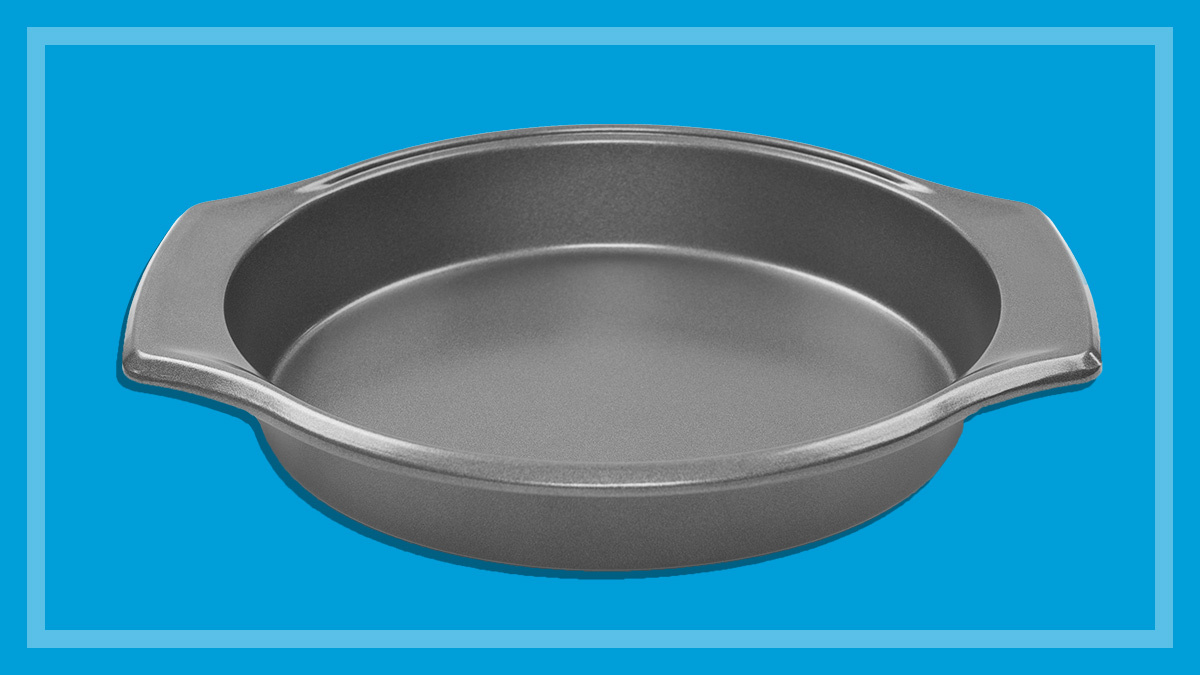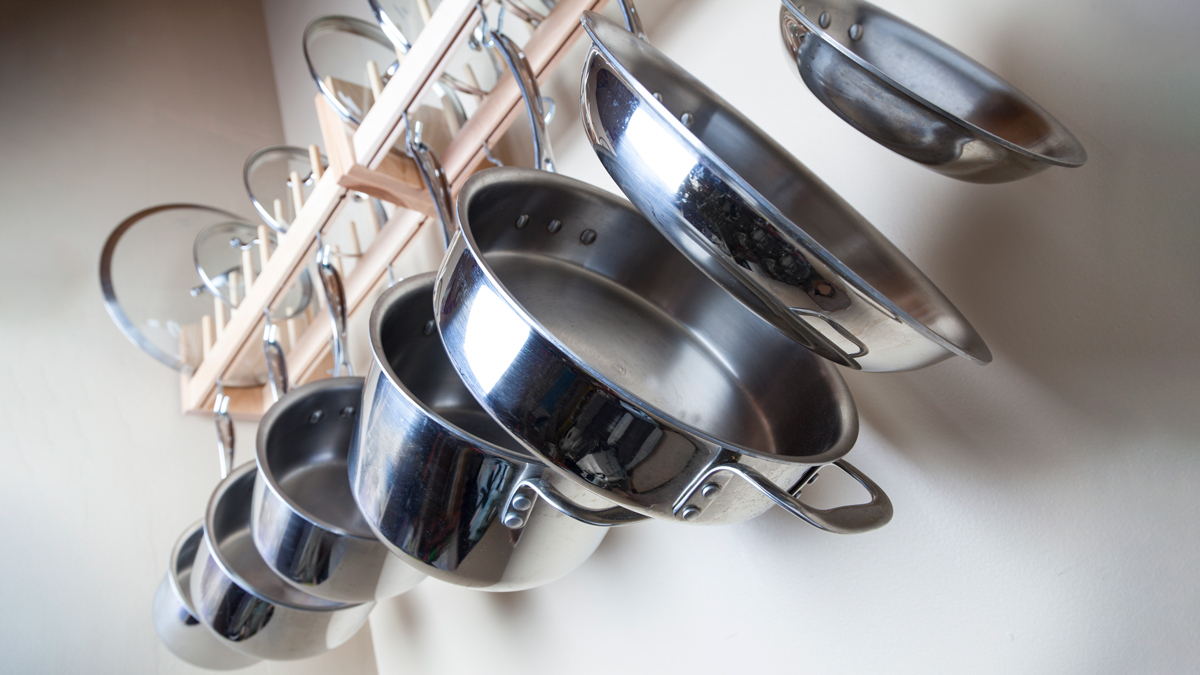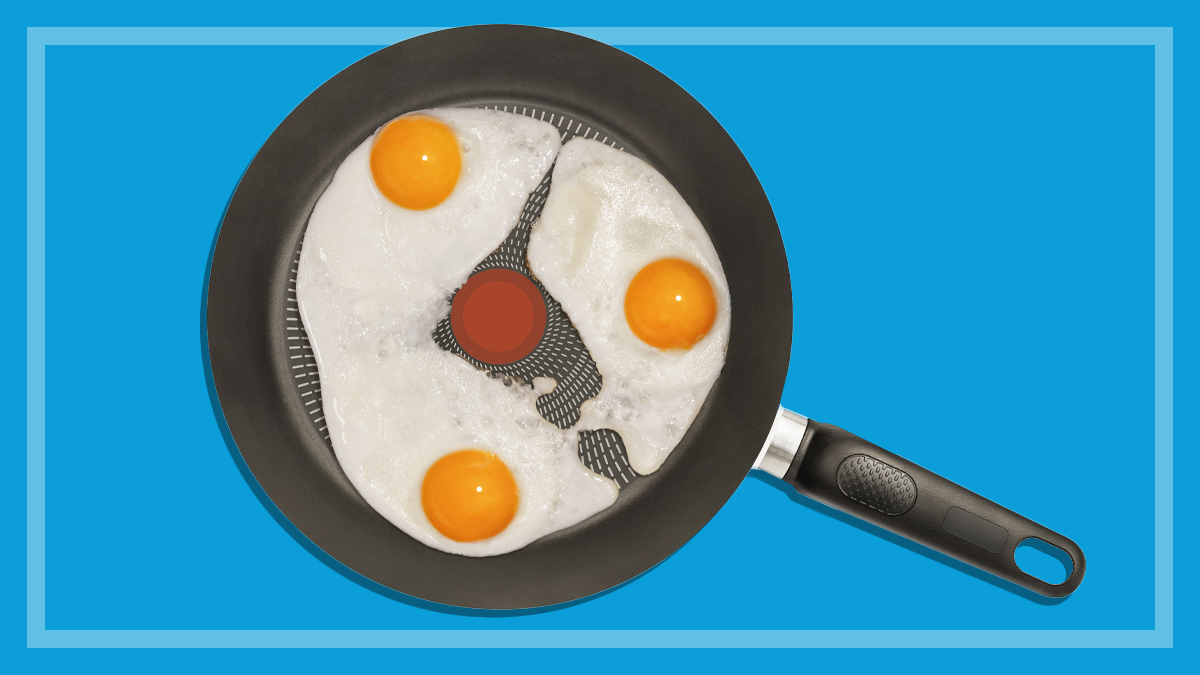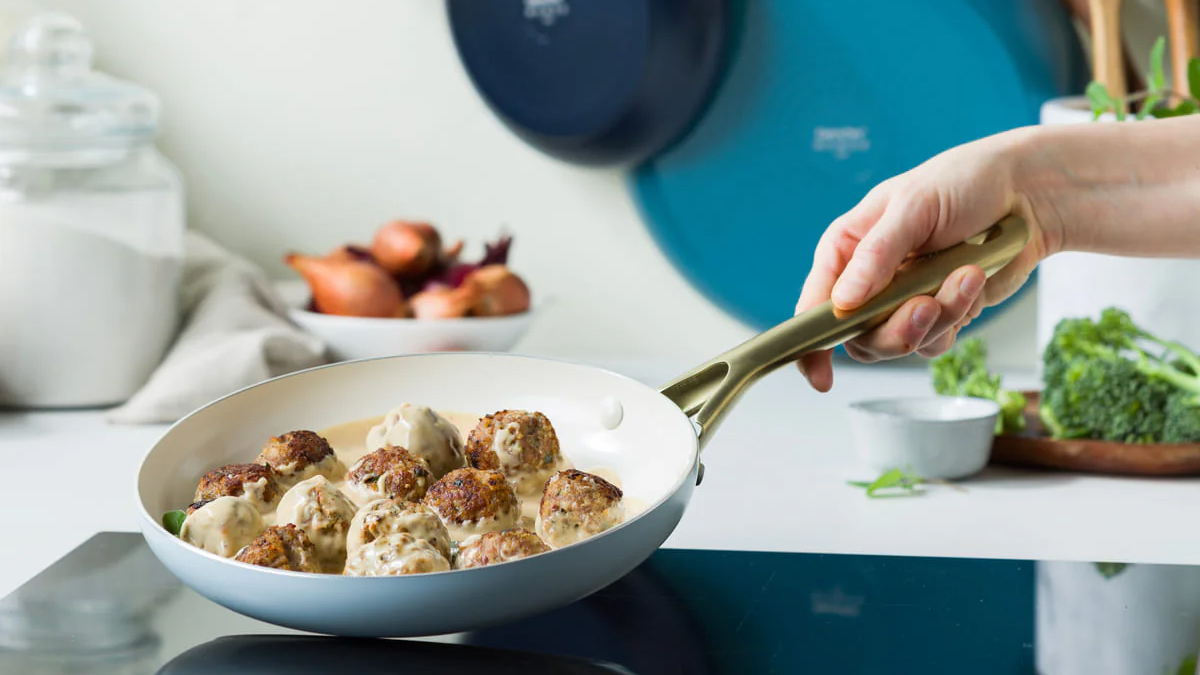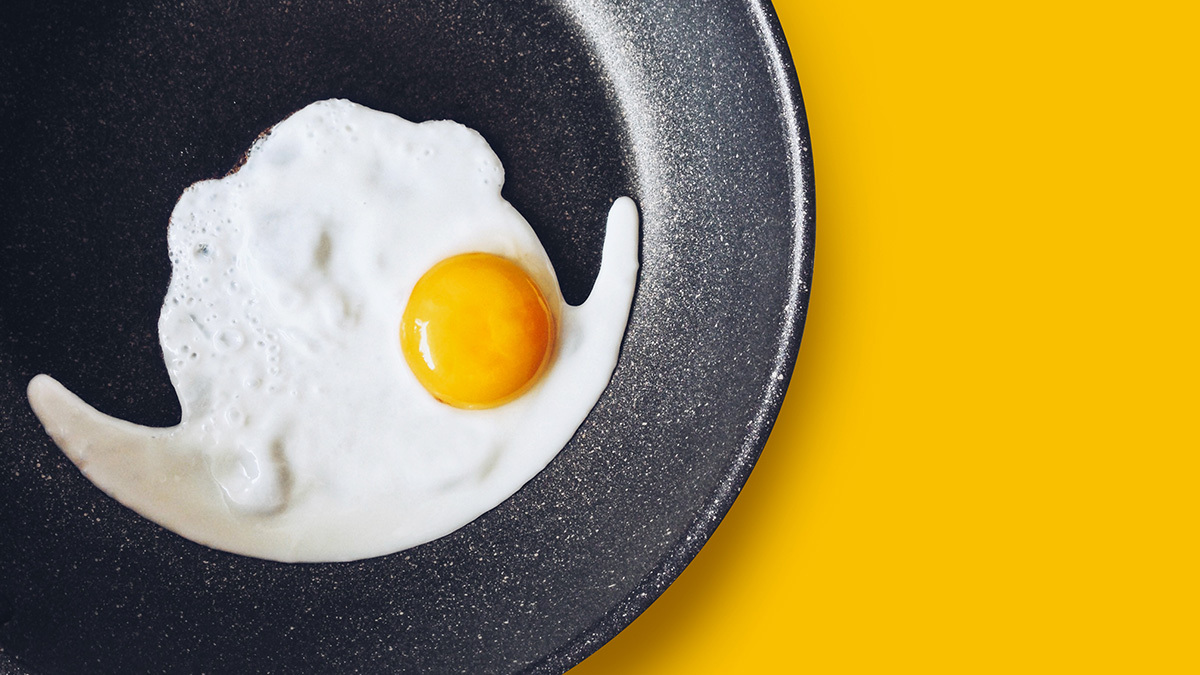Get our independent lab tests, expert reviews and honest advice.
Cheap vs expensive cake tins
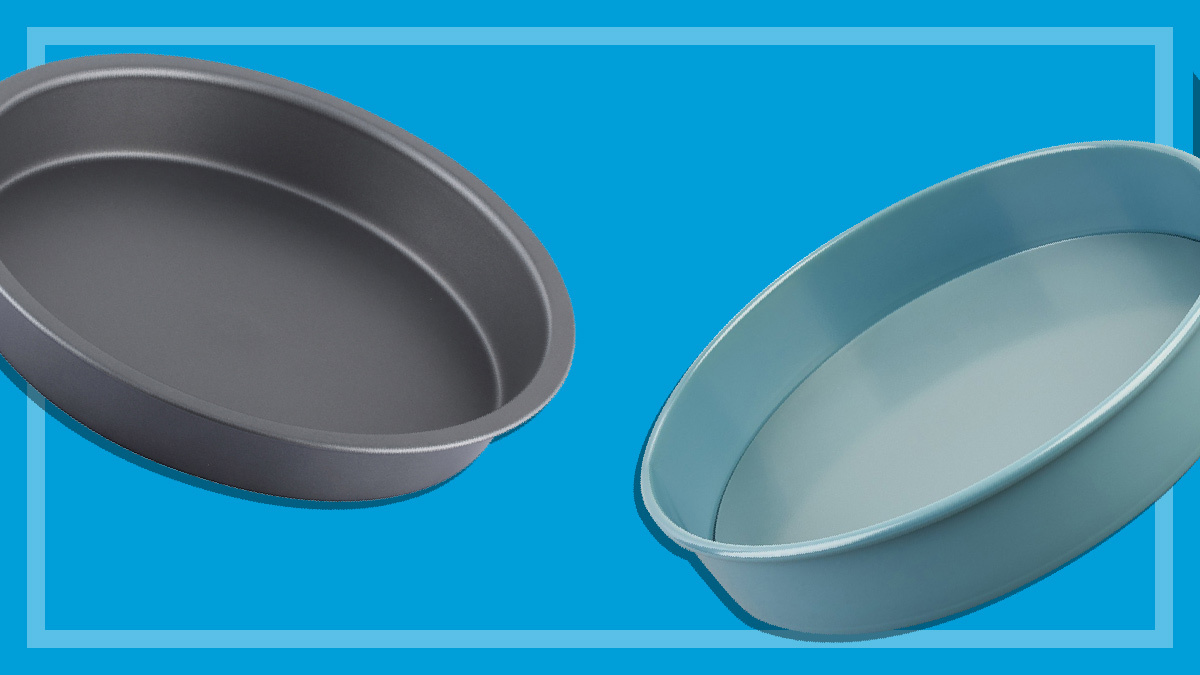
Need to know
- CHOICE kitchen experts tested 10 round cake tins from brands like Wiltshire, Jamie Oliver, Kmart, Nordic Ware and more
- Prices ranged from $3 to $52, with three of the four top performers costing less than $20
- We compare the pros and cons of the cheapest and most expensive pans in our test to help you decide which is best for you
Whether you’re a master baker or an enthusiastic newbie, a good cake tin is a must-have in every baker’s kitchen.
But how much should you spend to make sure you turn out sensational sponges and fantastic fruit cakes every time?
As with most things, there’s a huge range of prices in the world of cake tins. Our CHOICE kitchen experts tested 10 round cake tins ranging in price from just $3 all the way up to $52 and – as we often find in our tests – expensive doesn’t necessarily mean better.
Some of the cheaper pans performed very well, with three of the top four performers coming in at $20 and under.
So should you just grab any old cake tin off the shelf and it’ll do the job? Well, not exactly.
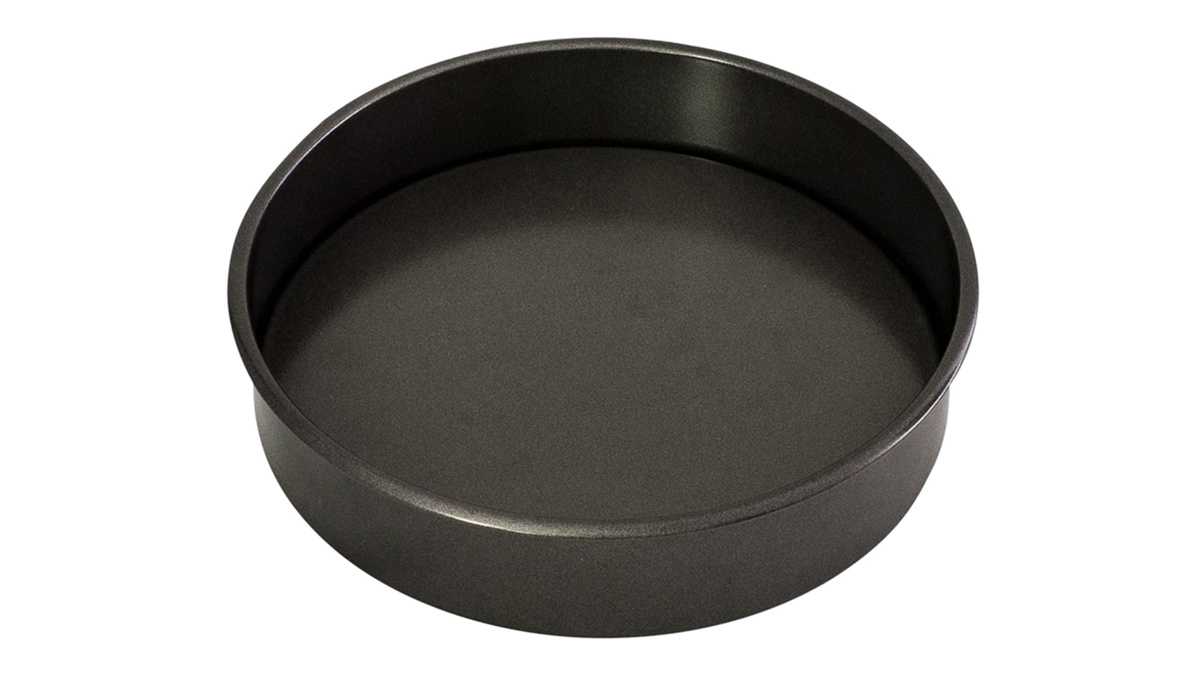
The cake tin to avoid
Regardless of your budget or your baking habits, there’s one cake tin you should avoid: scoring just 66% overall, the Bakemaster Non Stick Loose Base Round Sandwich Pan did not impress our kitchen experts.
Retailing at $16.95, this tin has a loose base but doesn’t have the springform feature that’s often used to lock a loose base into place. This means that it’s difficult to handle, and the base can easily shift if you grab it in the wrong place.
There’s also no indication of which way to position the loose bottom, so you risk putting it in the wrong way and having your cake batter leak out all over the bench. And this can happen with thinner batters, even if you have inserted the base correctly.
It’s not all bad, though: it comes with a 20-year guarantee and a 5-year guarantee on the non-stick component. (Though you should handle the non-stick surface with care by avoiding metal utensils and scourers.)
A word on non-stick coatings
CHOICE kitchen expert Fiona Mair isn’t a fan of non-stick coatings: “They can scratch and the coating can peel off and attach to food, and I always grease the pan in any case so it’s not necessary,” she says.
“Old cake pans can be recycled so check with your local council. However, non-stick coated cake pans have limited options for recycling as the non-stick coating needs to be removed for the pan to be recycled.”
If you grease the cake tin, a non-stick coating is not necessary
Cheapest vs most expensive: how do they compare?
Both the most expensive and cheapest pans in our test are non-stick, aluminium-based pans. Our kitchen expert Fiona Mair put them through the same tests, such as cooking a sponge cake and an apple upside-down cake to see how they performed.
But with a $49 price difference, what does your money buy?
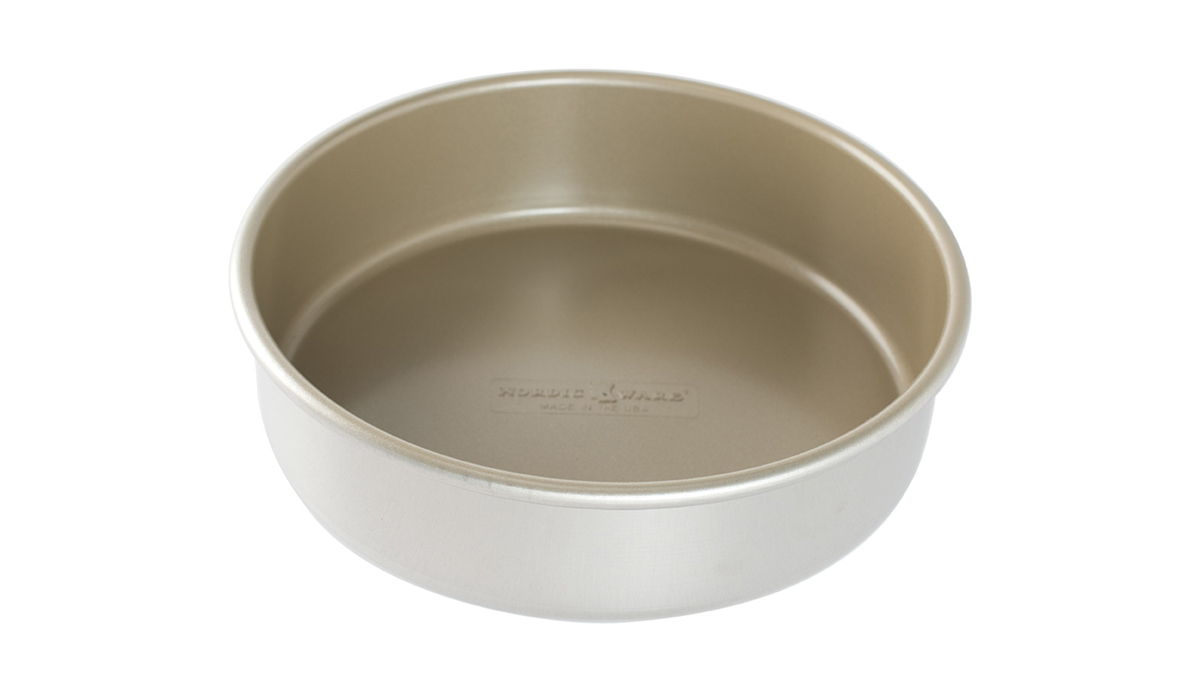
The expensive pan: Pros and cons
What sets this expensive Nordic Ware pan apart are details like its lifetime warranty and the way it’s manufactured: it is made in the USA from pure aluminium, which the company claims will never rust (whereas the cheap pan is manufactured in China), and it has a reinforced capsulated rim that prevents warping.
This particular cake tin is also larger than many of the others we tested, with a diameter of 23cm and a height of 6.1cm, giving a volume of around 2L. This means it can accommodate more batter, which makes it more versatile than a pan with a smaller diameter and height.
The obvious downside to this pan is the cost, which is far higher than any other cake tins we’ve tested. The next most expensive pan is a full $18 cheaper than this one, and many of the other cake tins we tested cost well under $20.
Should you invest in an expensive cake tin?
A cake tin that costs $52 is out of many people’s budgets, but some people may see the value in a pan that’s built to last a lifetime. Is it worth spending this much, or can you get the same results from a cheaper tin?
For $52, I would expect perfection
Fiona Mair, CHOICE kitchen expert
If you’re an occasional baker, then a well-chosen cheap cake tin will certainly do the job (make sure you check our reviews first so you don’t pick up a dud!), but if you’re a cake connoisseur who wants a pan to last a lifetime, it may be worth paying extra.
“If baking is your thing then definitely invest in a quality cake pan,” says Fiona. “However, for $52 I would expect perfection.”
“A high-quality cake pan will be around for a very long time – a great cake pan to pass on from generation to generation. A quality pan is less likely to dent and distort over time.”
However, as our test results show, you can still get great performance from a cheaper cake tin – you just need to choose wisely and look for a few key features to help your baking be the best it can be.
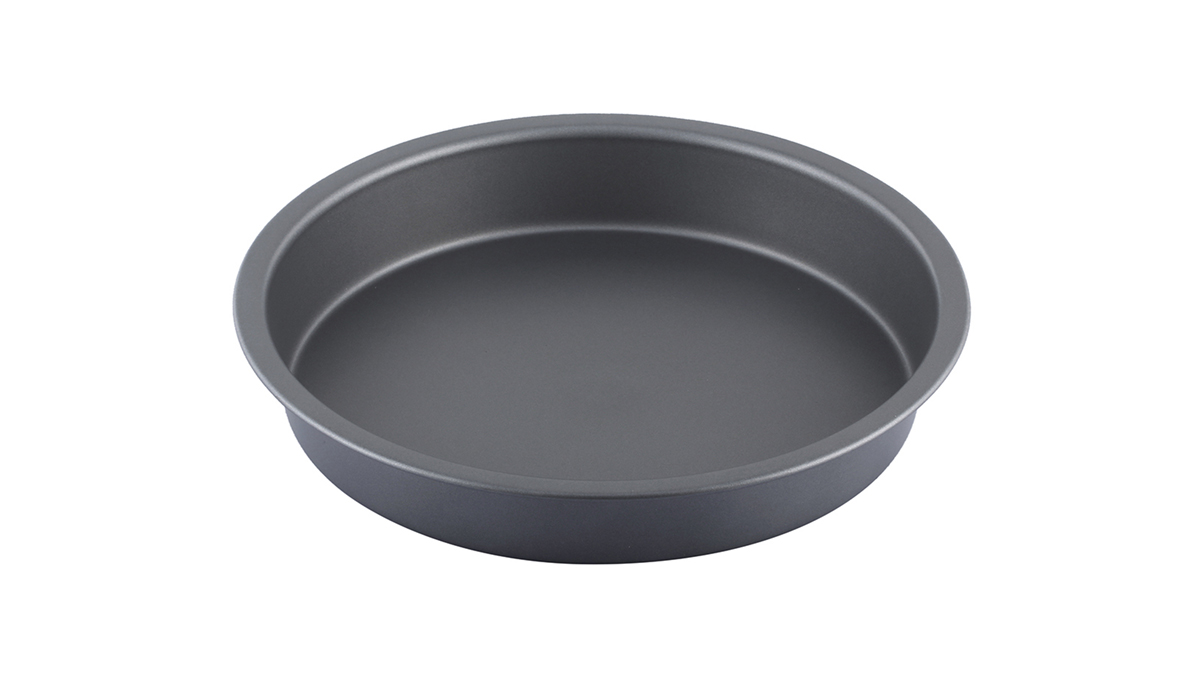
The cheap pan: Pros and cons
Obviously, the low price is the selling point for this one – at this price, you can probably afford to replace it every couple of years.
But bear in mind that when you’re buying a very cheap cake tin, you’ll need to accept that you may be getting a pan that’s lower quality, has a shorter lifespan, and potentially less helpful customer service should something go wrong.
The Kmart cake tin also comes with very basic instructions, whereas the Nordic Ware pan has fairly comprehensive instructions.
“Cheap pans with a non-stick coating may scratch and peel over time,” says Fiona.
“And if the pan is not anodised it can rust. Cheaper pans may only last a few years depending on how frequently they’re used.”

